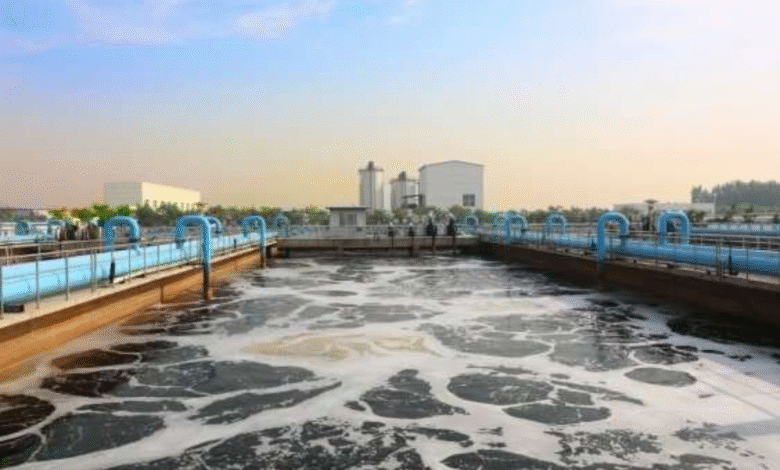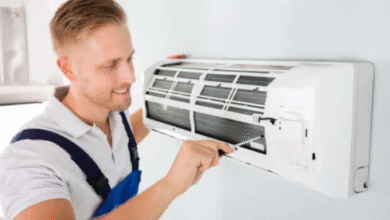When Methane Finds Its Way Into Water: What You Should Know and How to Handle It

Water has always carried a quiet sort of trust. You turn on the tap, fill a glass, and expect it to be safe—simple as that. But every so often, something invisible sneaks in, turning what should be harmless into a potential hazard. One of those culprits is methane, a colorless, odorless gas that, oddly enough, isn’t usually thought of when we talk about water problems. Yet, in certain regions, it’s there, bubbling quietly in wells and aquifers, unnoticed until someone strikes a match too close or tests their water more carefully.
It feels strange, doesn’t it? Methane belongs in natural gas pipelines or maybe deep underground, but certainly not in your kitchen faucet. Still, here we are—discussing methane in water treatment and why it’s worth paying attention to if your home relies on groundwater.
Why Methane Ends Up in Your Drinking Water
The science behind it is oddly fascinating, though unsettling at the same time. Methane can seep into groundwater through natural geological formations or from human activities like drilling and fracking. Imagine pockets of gas trapped deep below the earth, slowly escaping through cracks and faults until they dissolve into the water table. Once it’s in, it doesn’t just vanish.
The good news is that methane in water typically isn’t toxic to drink in the same way heavy metals or bacteria can be. The real danger is physical rather than chemical: methane is highly flammable. Enough buildup inside pipes or enclosed spaces could turn into an explosion risk. Even if the odds sound low, it’s not something you want hanging over your family every time you pour a glass.
The Invisible Challenge of Gas in Water
Unlike chlorine or iron that leave obvious tastes or stains, methane doesn’t announce itself. There’s no smell, no color. People often only discover it through professional testing—or the dramatic way bubbles show up in a glass of freshly drawn well water. Sometimes it even escapes audibly, a faint fizzing sound that seems more suited to soda than a sink.
The process of tackling this issue falls under gases removal from water, which sounds technical but is really just about making sure what you drink doesn’t double as a safety hazard. It’s part science, part engineering, and part peace of mind. Removing gases like methane, carbon dioxide, or hydrogen sulfide often involves aeration systems that let water and air mix, giving those unwanted gases a chance to escape before the water flows into your home.
When a Filter Becomes More Than Just a Filter
For many homeowners, the idea of fixing methane contamination comes down to specialized filtration setups. Not every filter is built for the job, though. This isn’t like swapping out a simple carbon cartridge under the sink. Instead, systems are designed to vent methane safely out of the water, usually before it enters household plumbing.
A well water methane filter can take a few different forms, from atmospheric tanks that allow gas to escape into the open air to advanced systems with venting mechanisms and even secondary safety features. It’s not just about “filtering” in the traditional sense—it’s about safely separating what doesn’t belong. And yes, it may cost a little more upfront, but the reassurance of knowing your water isn’t carrying hidden risks makes it an easy choice for most families.
The Human Side of the Problem
Here’s the thing about methane: for most people, it’s out of sight, out of mind. You can live years on well water without realizing it’s there. And yet, once you do find out, you can’t quite ignore it. Imagine cooking dinner with the thought that invisible gas might be swirling in your pipes. Or filling a glass for your kids, wondering if you should get that test done sooner rather than later.
I once spoke to a homeowner who said the discovery of methane in their water made them rethink the very trust they placed in their well. They’d drawn from it for decades without issue, but learning about the contamination shifted their perspective entirely. It’s not just about solving a problem—it’s about restoring a sense of safety you didn’t realize was missing.
Looking at the Bigger Picture
Methane contamination is a reminder of how interconnected water and the earth truly are. What happens underground—whether through natural geology or human influence—doesn’t stay there forever. It finds its way into the systems we depend on, sometimes silently.
On the bright side, solutions are well within reach. With proper testing and the right setup, the risks can be managed effectively. Companies specializing in water treatment have developed systems that make the process almost routine, even if the science behind it is anything but simple.
Closing Thoughts
Water is supposed to be straightforward: clean, reliable, life-giving. Methane complicates that story, but it doesn’t have to define it. With awareness, testing, and the right treatment, you can keep your drinking water both safe and dependable.
At the end of the day, methane in your well doesn’t make you unlucky—it just means your water supply has a story. And like any good story, it deserves the right resolution. A little attention now ensures that the only thing you’ll think about when you pour a glass is whether you prefer it cold or room temperature—not whether it might catch fire.




